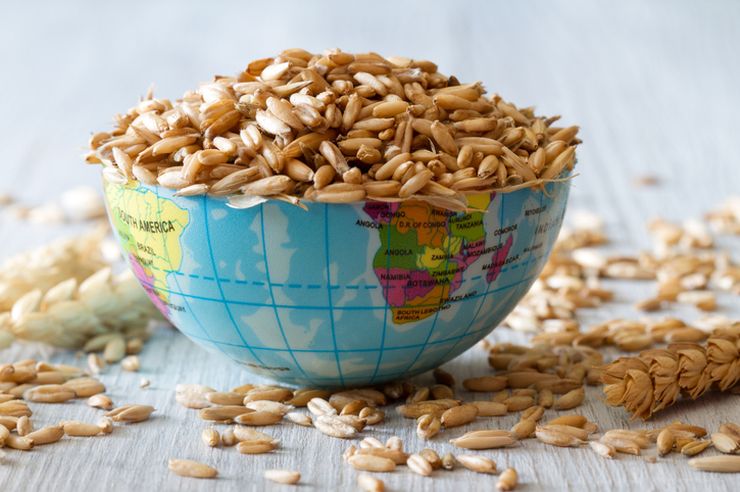Global grain and oilseed trade has changed dramatically in 25 years – Rabobank

A recent Rabobank report reflects the dramatic changes that have occurred in grain and oilseed trade since the early 2000s. Twenty-five years ago, developed countries were the leaders in both production and import of grain and oilseed crops. However, today the balance of power has shifted. Emerging markets play a key role in almost all major agricultural grain import and export transactions.
In 2000–2001, the United States was the largest exporter of wheat, corn, and soybeans. It remains the largest exporter of corn, but Brazil is closing the gap, rising from fifth place among exporters 25 years ago, when export volumes were only 6 million tonnes, to now second place with export volumes of 43 million tonnes.
The wheat export market, dominated by the United States at the beginning of this century, has also changed. In 2000-2001, the United States held the top spot with exports of 28 million tons, but in 2024-2025, it dropped to fifth place with exports of 22 million tons. This is approximately half the volume of Russia’s exports, which last year exported 45 million tons, compared to 700,000 tons at the turn of this century.
Over the past two decades, the soybean export landscape has also changed: Brazil and the United States remain the largest exporters, but have swapped places in the rankings. In 2000-2001, Brazil held the second place with exports of 15 million tons, while the United States exported 27 million tons. Since then, Brazil’s exports have increased more than sevenfold to 112 million tons, while the United States has fallen to second place with exports of 45 million tons.
As noted in a Rabobank report, import patterns have changed significantly over the past 25 years. In 2000, the European Union was the world’s largest buyer of soybeans and wheat, while Japan was the largest importer of corn. Today, Mexico is the largest importer of corn, China is the largest importer of soybeans, and Egypt is the largest importer of wheat. Notably, wheat imports into Southeast Asia have grown significantly, as consumers prefer wheat products to rice, a long-standing staple in the region.
What will the next 25 years hold? Will current trends continue, or will trade flows undergo another significant and perhaps unexpected shift?
Experts believe that due to projected significant population growth in sub-Saharan Africa, grain imports, particularly wheat, will increase significantly.
Over the past 25 years, wheat consumption in countries such as Kenya, Nigeria, and Sudan has at least tripled. Given rising incomes in the region and the increasing popularity of flour-based products, wheat imports into sub-Saharan Africa are expected to increase through 2050.
Rabobank forecasts a slowdown in soybean shipments to China, but anticipates growing demand in Southeast Asia, the Middle East, and North Africa.
Of course, unforeseen circumstances are likely to arise that will impact import and export trends. Factors such as climate change, geopolitical conflicts, and the ongoing struggle between protectionists and free trade advocates need to be monitored.
Read also
Crop & Price Navigator 2026/27: Black Sea and Danube. Forecast
US explores Africa as a potential new market for soy exports
Corn remains to be harvested in Ukraine from 22% of the area
AD Ports Group and Louis Dreyfus Company have agreed to establish a grain terminal...
Ukraine called on PACE to strengthen international mechanisms to protect food secu...
Write to us
Our manager will contact you soon



